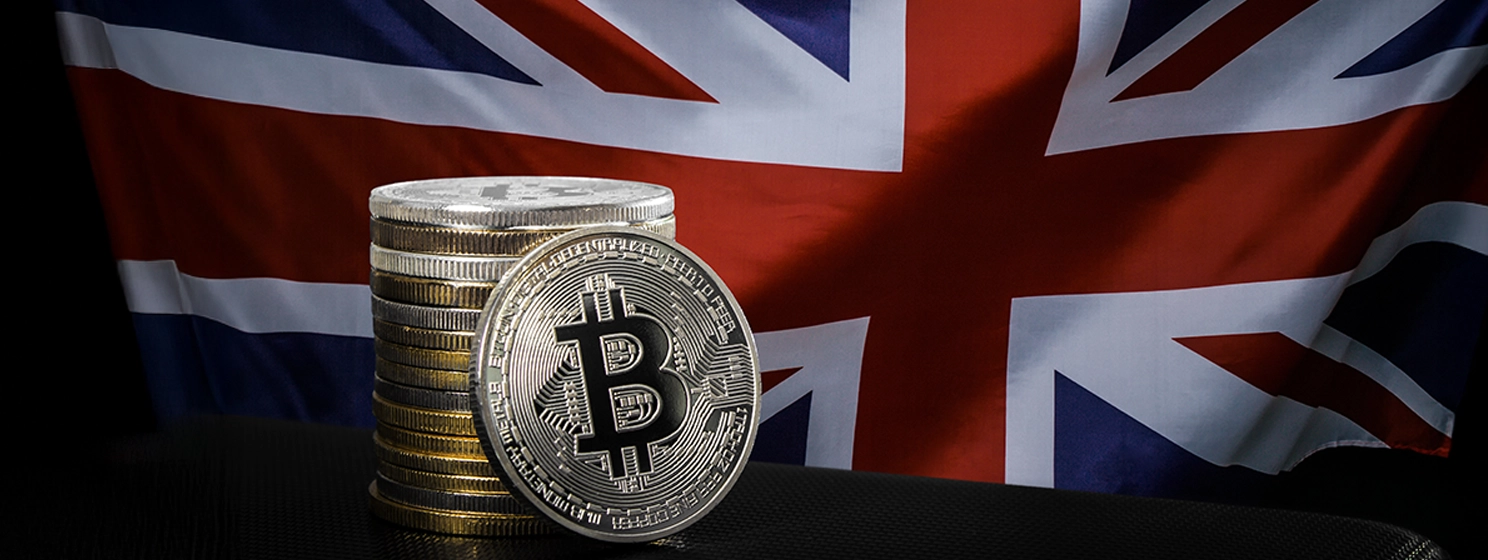|
Getting your Trinity Audio player ready...
|
Central bank digital currency (CBDC) payments in international trade will be the norm within the next five years, says Anatoly Aksakov, the influential Russian legislator who heads the State Duma’s Financial Markets Committee.
Speaking at the St. Petersburg International Economic Forum, Aksakov added that he expects Russia to make international payments in the digital ruble by the second half of 2025.
Over 130 nations, representing 98% of global GDP, are exploring CBDCs, and three—Jamaica, Nigeria and the Bahamas—have already launched. However, most countries are in the early stages of their CBDC journeys.
Aksakov acknowledged this, stating, “Fundamentally, there are few countries that have made serious progress in using national digital currencies. This is why, technologically, they are simply not ready to launch a digital currency in mutual settlements with other countries.”
“However, I am confident that it will be common practice within five years.”
Russia has been ramping up its digital ruble development in recent years. Last August, it launched the first phase of the pilot, partnering with local bank VTB to enable payments at select merchants. This includes paying for gas at Lukoil, one of Russia’s three largest oil and gas firms.
In March, the Bank of Russia revealed it had reached 25,000 transactions, 19,000 of which were P2P transactions, and the rest were payments at merchant stores. Around 15% of the transactions were automated through smart contracts.
Despite the slow start, which the central bank blamed on technical glitches on the intermediary banks’ side, Aksakov believes that Russia will be paying through the digital ruble next year.
“I admit that the digital ruble will probably be used for international payments as early as next year, with first settlements carried out, not in the first half of the year though,” he told the attendees.
For Aksakov’s ambitious goal to become a reality, Russia must partner with other nations with advanced CBDC capabilities. The legislator says China is the natural target as its digital yuan is among the world’s most advanced and is an ally on the political front.
“Both we and they already have certain experience, which is why with China it would be interesting to launch the process of settlements in digital currencies. Technologically, we are quite close,” he stated.
Russia and China are founding members of BRICS, an organization exploring a blockchain settlements system that would not rely on the U.S. dollar.
To learn more about central bank digital currencies and some of the design decisions that need to be considered when creating and launching it, read nChain’s CBDC playbook.
Watch: Finding ways to use CBDC outside of digital currencies

 12-27-2025
12-27-2025 




